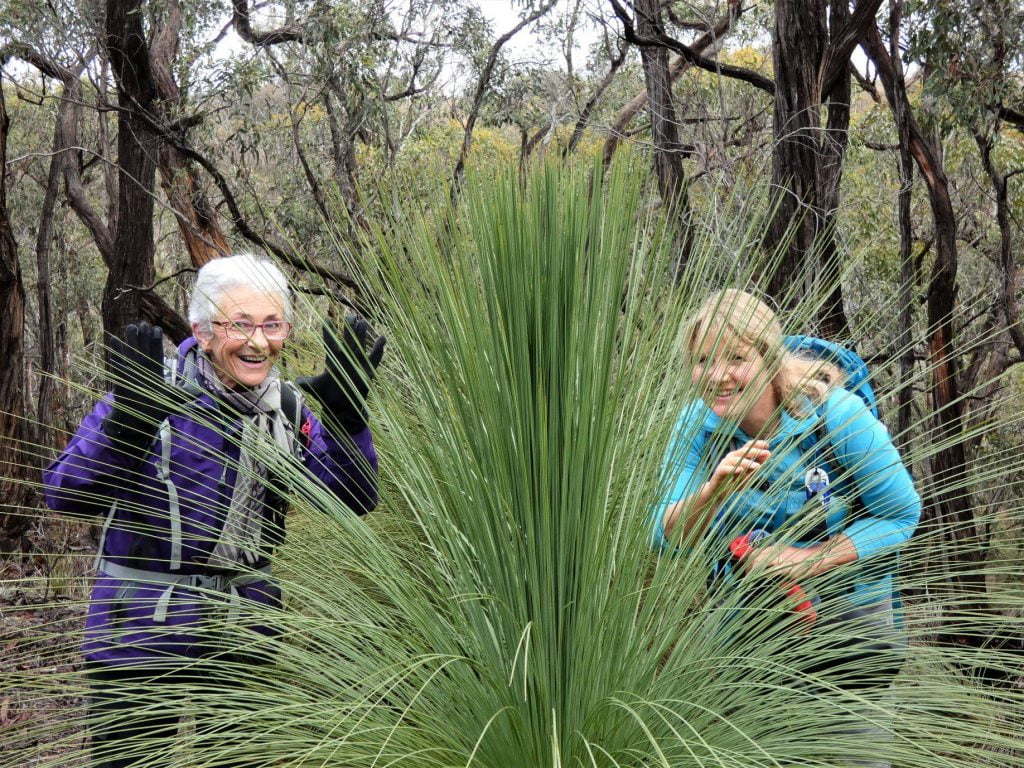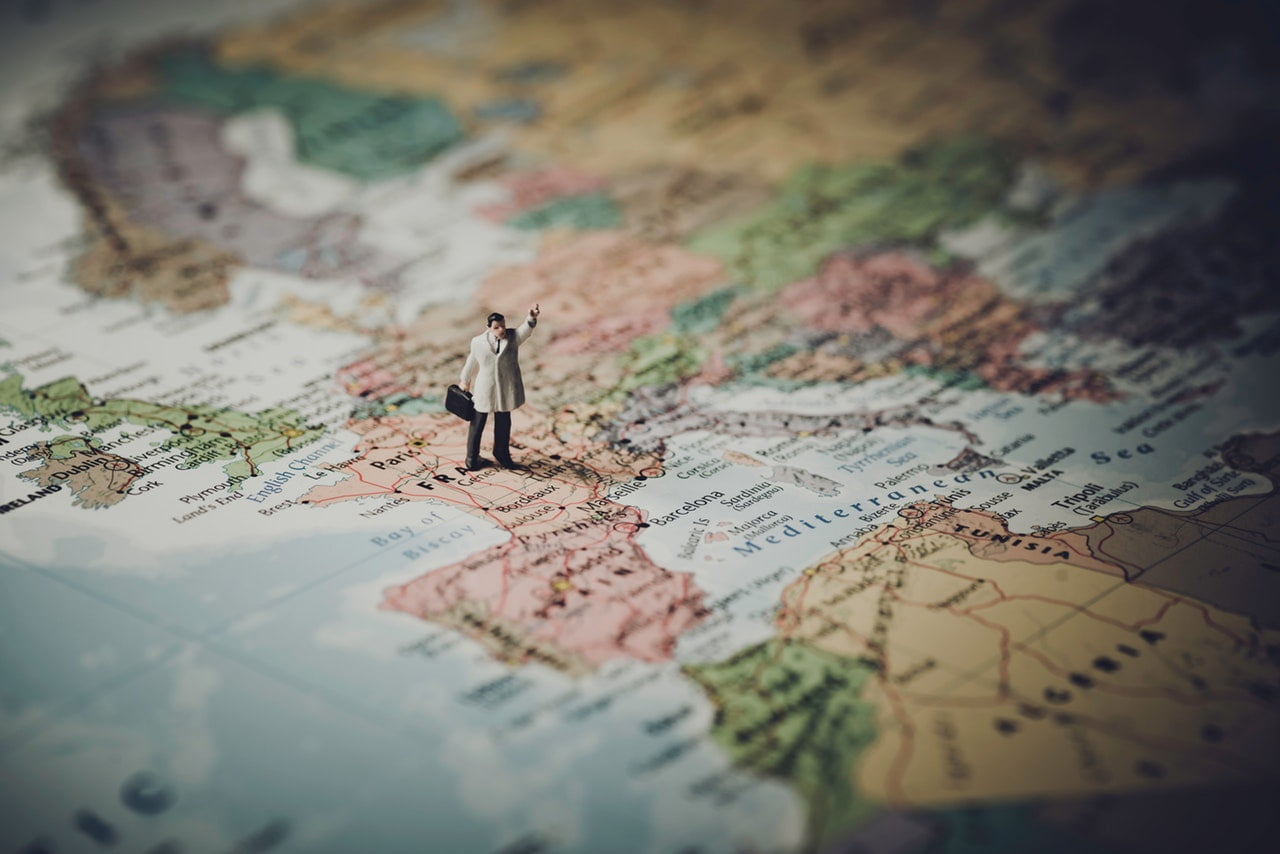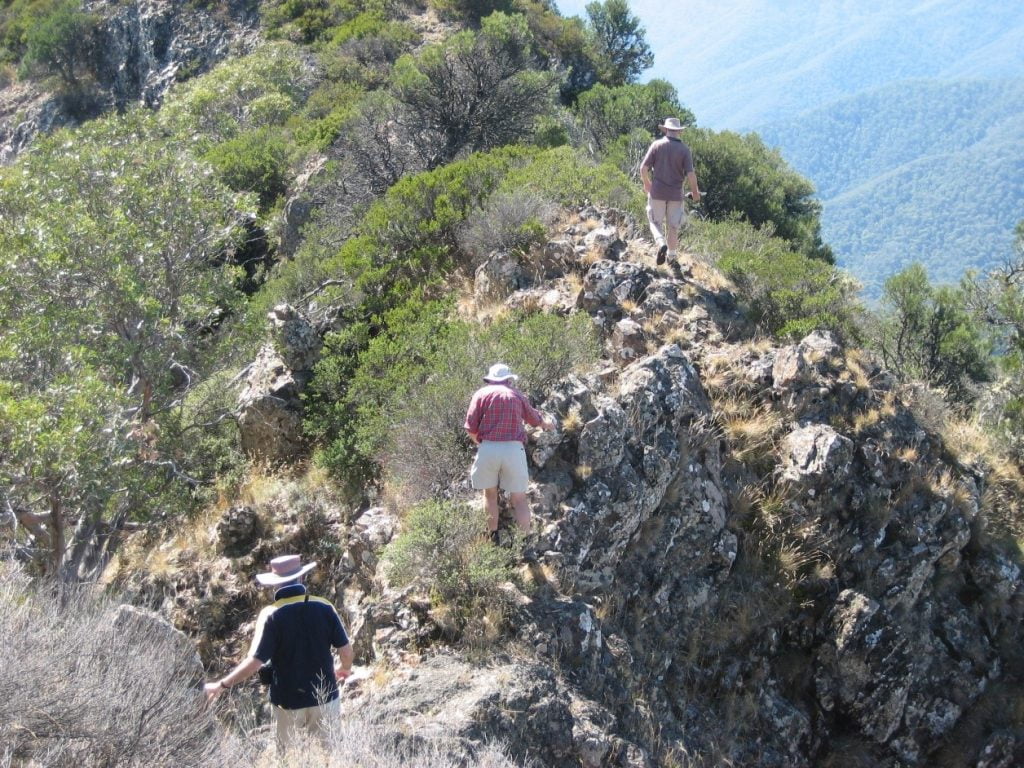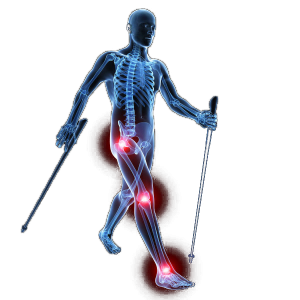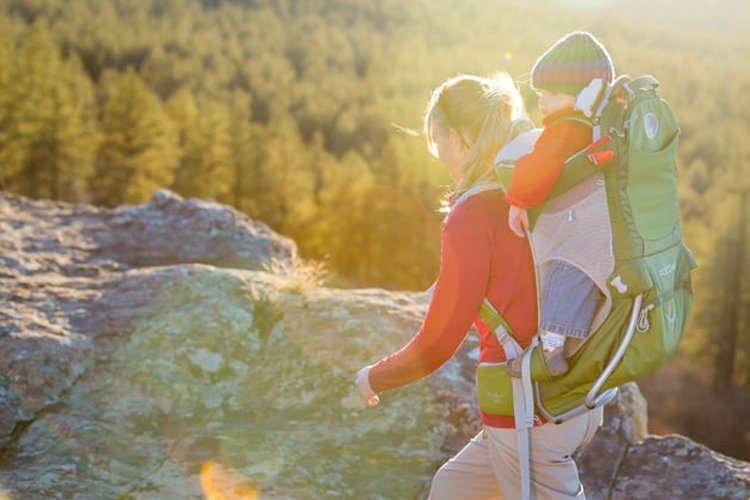
We were happy to welcome two visitors to the September Board meeting: Merilyn Liddell (Melbourne University & Alumni Bushwalkers) and Trevor Rosen(Melbourne Walking Club).
Although many Board members have only met on Zoom, we’re working well as a team to support and represent Victoria’s bushwalkers.
Of the numerous issues discussed, the following might interest you:
- COVID-safe plans for clubs: the President, Mike Grant, has recently spoken with many clubs regarding their questions and concerns about group sizes on walks and at meetings, whether walkers should be required to be double-vaccinated and whether walkers should car-pool.As current restrictions change regularly and are different for Melbourne and the regions, it seems unwise for BWV to develop its own COVID-safe plan for clubs to access. Our advice is that clubs adhere to the density limits proscribed by the managers of their meeting venues and, above all, refer to the publically-available material on the State Government website.Over coming weeks, the advice from the State Government regarding requirements for recreational groups will become clearer.
- Mountain Bike Trails: Whilst many bushwalkers are also mountain bike riders, we’d all agree that the safety of walkers in the bush and the conservation of ecosystems and natural landscapes are vital. Complaints about the joint use of tracks is common, as is concern about environmental and heritage site damage.
Bushwalking Tracks and Conservation (BTAC) is working on a position statement on Mountain Bike Trails; once complete, it will be sent to clubs for feedback. - New Individual Supporter Members: Eight new members joined our association this month. Welcome aboard!
Anniversary of the formation of the Federation of Victorian Walking Clubs with BWV members, old and new, in 2024. We look forward to celebrating the 90th. - Risk Management: Risk assessment and mitigation is high on the “Help!” list of many clubs. A new BWV working group has been established: as well as researching legislative requirements, the group hopes to gain a better understanding of what guidance clubs want from BWV. They will also investigate what happens with club incident reports and analyse incident and injury trends.
From your Board; more next month.





